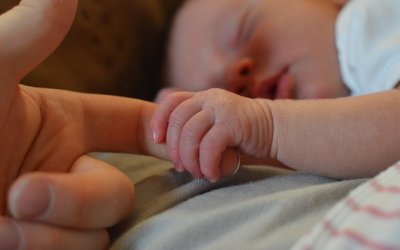
Physical development (PD) is the growth and development of both the brain and body in infancy and early childhood.
PD is the growth and development of both brain and body and involves developing control of muscles and physical coordination. This control is used in a whole range of skills of daily functioning and encompasses children's ability to do a range of different tasks, such as speaking, making friends and understanding the world around them.
Progression towards this control is not defined by the child's chronological age, but by the opportunity to acquire skills. A child with delayed PD may catch up, especially with an appropriate intervention, but young children need to be given regular opportunities and encouragement to practice and refine their physical skills through being active.
Vital foundations for good physical development
Primary (movement) senses

- The vestibular (balance) system deals with the sensation of gravity and movement.
- The proprioceptive system processes information from muscles and joints and enables us to know where the different parts of our body are, how they are moving, and how much strength our muscles need to use. It makes you aware of your posture, movement and body position.
- The tactile (touch) system - discriminates sensations to the skin including pressure, temperature and pain.
Secondary senses

- The visual system - processes information taken in by the eyes and includes control of eye movement to fix on, and track, objects.
- The auditory system - locates and processes sound information to the ears.
- The olfactory system - processes our sense of smell.
- The gustatory system - processes our sense of taste.
All seven sensory systems need to be fully developed in early childhood and integrated so they work as one unified system. The healthy functioning of our sensory systems can be taken for granted - we only tend to notice problems when they don't work and we tend to be unaware of the role they play in everyday life.
How do the sensory systems impact on daily activities?
Efficient and seamless processing of sensory information enables a child to 'make sense' of the world around them and respond appropriately.
For example:
- A well-developed vestibular system enables a child to be alert, feel safe or 'grounded', control their eye muscles, move safely in the environment or sit still. In contrast, a poorly developed vestibular system has been linked to poor attention span and fidgeting in children.
- A well-developed proprioceptive system helps a child move safely, get dressed and use tools. It underpins understanding important ideas like 'left and right', the use of prepositions in English such as 'over and under', 'towards 'or 'away', and concepts of maths and science such as size, weight and force.
Being aware of these systems can help us to nurture PD in children.


